Interview Judith A. Torres
Images Habitat Horticulture and GROHE


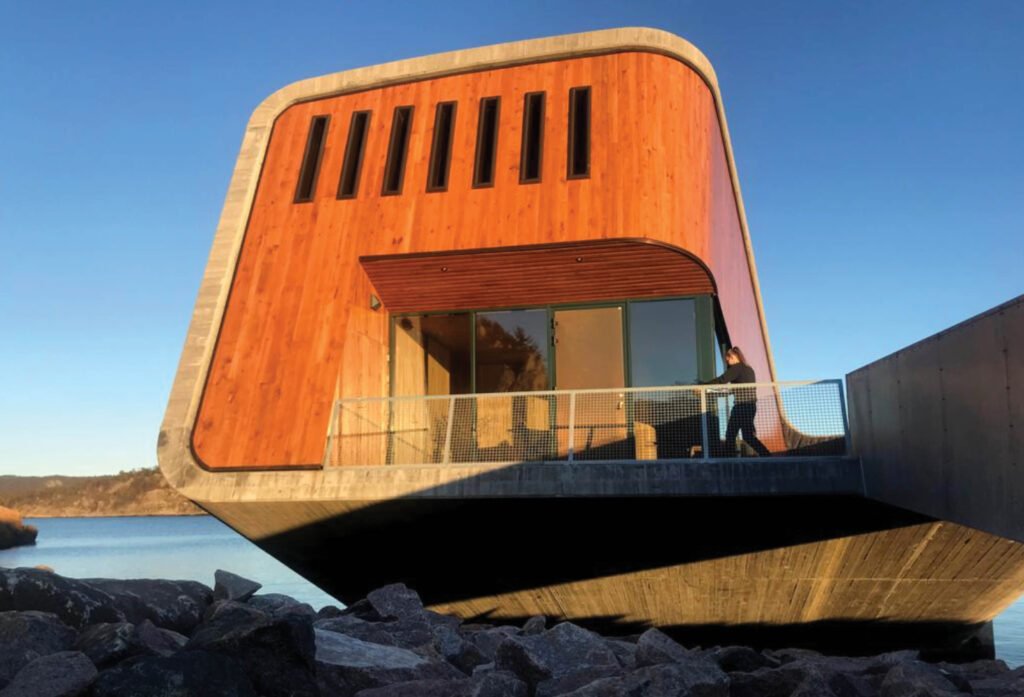
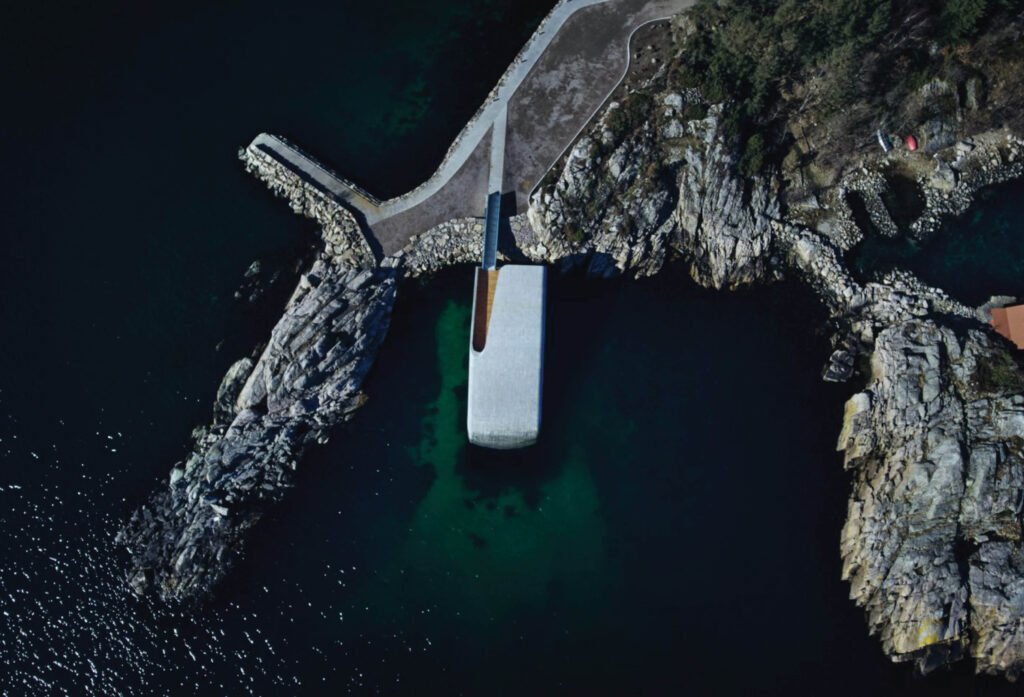
GROHE hospitality project: One of the most arresting and adventurous designs for a restaurant, Under by Snøhetta (header) invites guests to dine at the bottom of the sea in Lindesnes, Norway. Product installed: GROHE Atrio Icon 3D.
“The neighborhood of a marshy place must be avoided; for in such a site the morning air, uniting with the fogs that rise in the neighborhood, will reach the city with the rising sun; and these fogs and mists, charged with the exhalation of the fenny animals, will diffuse an unwholesome effluvia over the bodies of the inhabitants, and render the place pestilent.” – Marcus Vitruvius Pollio, De Architectura, Book I
When Vitruvius wrote de Architectura, the Roman Empire’s guidebook for engineering and architecture, public health was already linked to clean air and water. Medicine has improved exponentially since then, and we now understand the inner workings of the ubiquitous dihydrogen oxide (H2O). We now know that certain dissolved particles cause disease and have the technology to filter these out from the water we drink. We can now extract water from the air using solar power and even treat sewage back to a drinkable state.
“When we have good drinking water, we should drink it. We want to bring transparency back. We want us to demand healthy drinking water from our governments and water service providers,” says Jack Noonan, Vice President of the International WELL Building Institute (IWBI) for the Asia Pacific. Prior to the IWBI, Noonan served in government as Manager of Climate Change Programs at Sustainability Victoria, where he informed state climate policy.
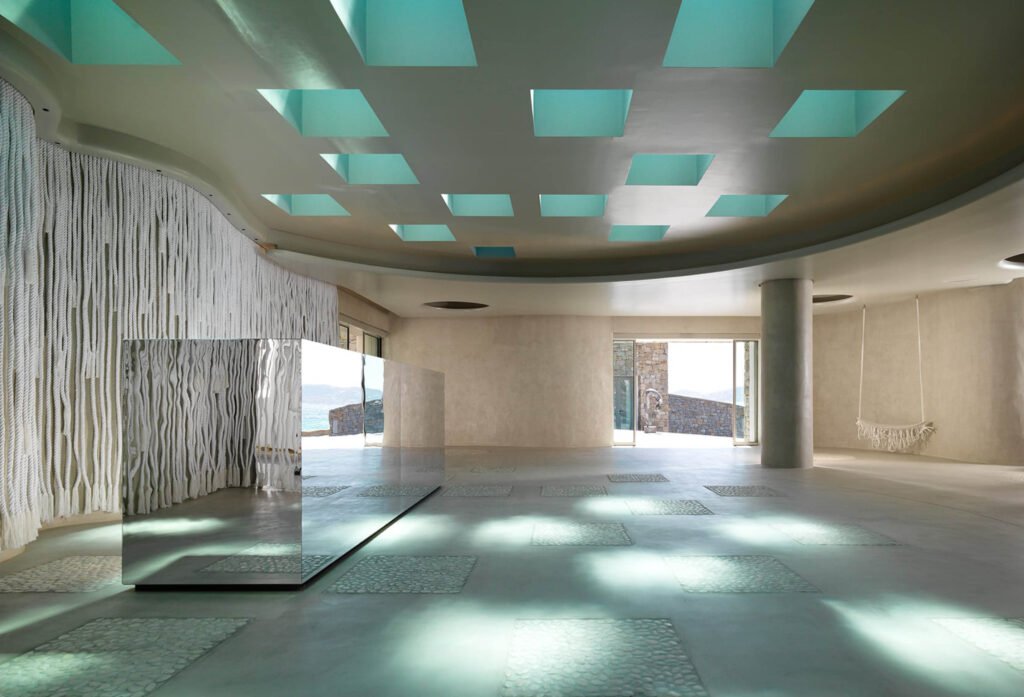


GROHE hospitality project, the Mykonos Riviera at sunset
The WELL Building Standard sets criteria for designers, developers, and property managers to deliver intentional spaces that enhance human health and well-being. Launched in 2014, WELL is the new kid on the block, but complements LEED and other green standards in the market. The first Southeast Asian WELL building, Menarco Tower in Bonifacio Global City, was certified Gold in 2019. Today, there at least thirty more in the pipeline, hinting at healthier post-pandemic workspaces.
“You have LEED building certifications, you have WELL certifications, you have a lot happening in the area of green buildings. Climate change is not something that governments and leaders or individuals alone can handle, the private sector is a very big part of this picture, to actually drive the change that we want to see in the world today,” says LIXIL’s Corporate Responsibility Lead Priyanka Tanwar.
In the area of water conservation, WELL promotes the drinking of tap water as a key intervention. The world throws away over 1.2 million plastic bottles per minute. Less than 30 percent is recycled. According to experts, the world’s plastic binge is producing an environmental crisis as grievous as climate change. People must demand that their government pour investments into treating and delivering potable water and do their part in conserving and maximizing those pours.


Judith Torres: What water innovations is WELL advocating that you’re personally excited about?
Jack Noonan: It might not sound like innovation or super exciting, but I would argue that our most significant innovation as an organization is promoting the drinking of tap water. Focusing on drinking water quality is a new topic in the industry. We spend millions of dollars for water treatment and distribution only for water not to be used for drinking and not fit for human consumption, which renders the entire system unsustainable. So, maintaining water quality until the tap and actually drinking the water from the tap are crucial to water conservation because it makes everyone vigilant about the water flow system and reduces the need for plastic bottled water.
Plastic bottled water is a real problem. When the plastic is not properly recycled, it takes hundreds of years to biodegrade. It can release toxins. And often, the water it takes to produce the bottle is ten times the amount of water the bottle itself contains. It is incredibly unsustainable.
That works for buildings because the developer and administrator control the tap water quality at the outset. Do you recommend that homeowners buy the technology to filter their water at home?
Yes. Water filtration in a residential setting is relatively inexpensive, especially when considering what we spend on bottled water. We have the technology; it is accessible today. The WELL Building standard certification is about putting those controls in place.
I often like to say: You cannot manage what you cannot measure. So, it is vital to measure the quality of your water to understand what kind of treatment you require for your water and implement that treatment system. We are finding that (and this is not just in developed countries) water treatment and filtration is far more accessible than an unsustainable solution like drinking bottled water.
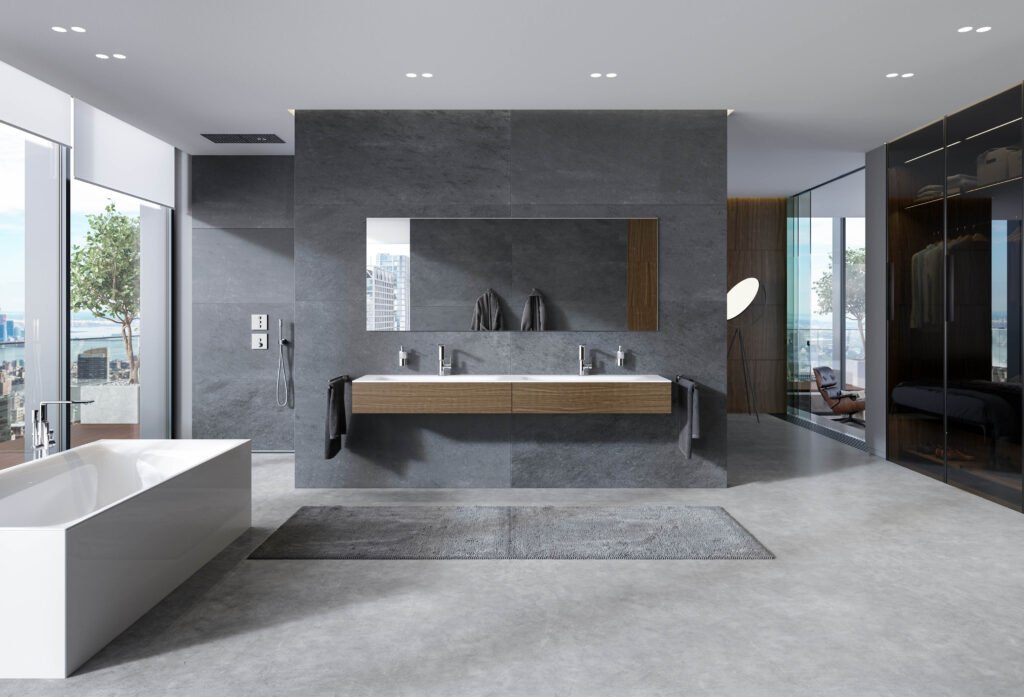

To clarify, you’re saying it’s better for households to filter the water coming out of their tap rather than drink bottled water.
As long as it is safe to do so. Authorities and governments around the world have obligations to test the water in the systems they control. The water quality can be compromised from where the government treats the water to the point it comes out of your tap. Understanding the water quality that comes out of your faucet, and not just the water quality the authorities provide will help you choose a sustainable solution. True sustainability is something that captures both the environment and health; you can’t have one without the other.
That’s reasonable. What’s inhibiting us from moving in that direction?
Unfortunately, across the world today, there is a culture against drinking tap water even when it is proven safe. Not just in the Philippines. This kind of culture reduces the pressure—pun unintended—the community pressure for maintaining drinking water distribution systems. It creates a cycle. Without this pressure, our governments can be left unchecked, and this can create unsanitary conditions. When we have good drinking water, we should drink it. We want to bring transparency back. We want us to demand healthy drinking water from our governments and water service providers.
Access to clean and safe drinking water was declared a human right by the United Nations in 2016. However, despite this, the World Health Organization estimates that over 650 million people still do not have access to improved water sources. We need to make sure that through our advocacy, our transparency, safe water is accessible to all.
But again, we can’t manage what we can’t measure. We need to understand the current quality of our water, how we use it, and how we can develop truly sustainable solutions, considering the environment and people’s health and wellbeing.


What should we be most concerned about when it comes to drought resilience and water conservation here in the Philippines?
Firstly, there is potable water and non-potable water. Potable water is meant for human consumption, while non-potable for other uses like watering plants, flushing toilets, etc. We should consider installing systems for the appropriate use of non-potable water. And this is one of the interventions in the WELL Building Standard, called W09 on-site non-potable water reuse.
Secondly, safety is key to sustainability, so we need to remember to keep potable water and non-potable water separate. When those two types mix, we risk disease and remediation, which are both very costly.
Finally, we need to protect the sources of our potable water. Water networks are interconnected, and we need to protect our potable water, so it does not get contaminated by agricultural and industrial processes more than it currently is.
Arcadis on Sponge cities and other advocacies to control stormwater and address water scarcity
Do you see low-hanging fruit where that is concerned? I believe what you’re saying, but I don’t think I can afford to retrofit our house so only recycled water is used for flushing. Would you advocate your solution to new developments, instead of old houses like mine?
New developments and construction are definitely low-hanging fruit. There’s also the opportunity to embed more sustainable practices in building codes and regulations. But we also need to recognize that new construction represents less than 10 percent of the total property industry. So, if we do not address the 90 percent—the existing buildings—we will not have a genuinely sustainable solution. We also need to recognize that the structures we build today will be around and operating for about 40 to 50 years. So, we need to shift the conversation from this being a “nice-to-have” or “leading-edge innovation” to incorporating it into our policies and regulation.
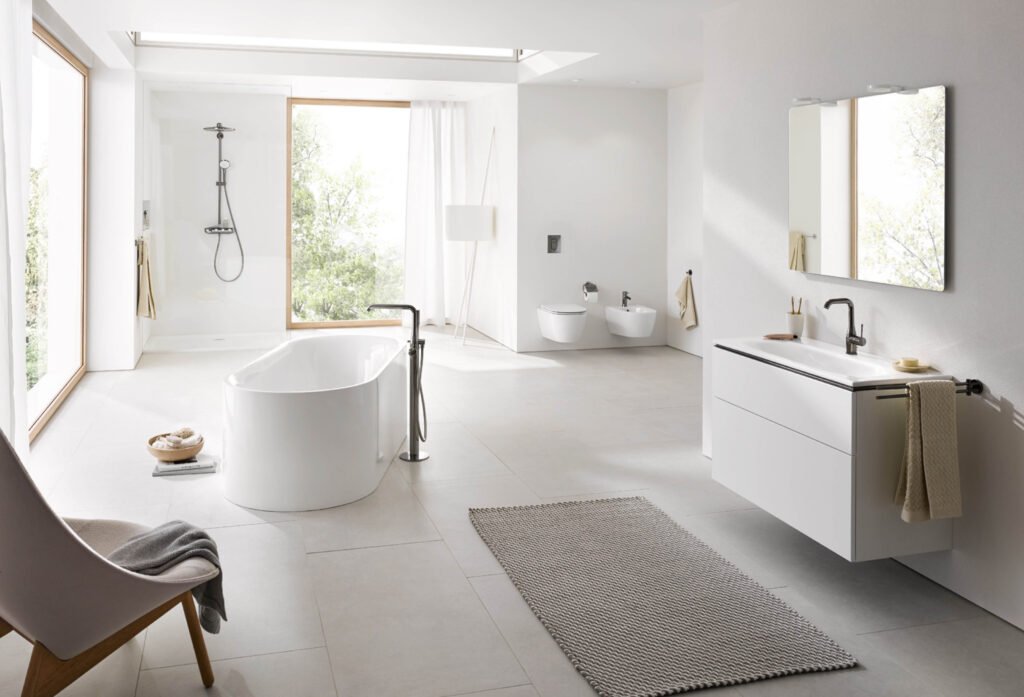

The Philippine Building Code will need to be revised.
What we have is a balancing act. We are seeing the unintended consequences of sustainability initiatives in many parts of the world over the last 10 to 20 years. So, we need a holistic solution, not just incorporating requirements within a standard but really thinking about the consequences of that particular initiative.
This is why the intervention within the WELL Building Standard I mentioned, on-site non-potable water reuse, focuses on incorporating the reuse in a safe and considered way. It does not require a specific piece of technology on-site, but the consideration of things like odors and health concerns with reusing water on-site. The last thing we want to happen is for the true sustainability movement to be set back because we have not considered the unintended consequences. This is why, in the WELL Building Standards, we ask authorities and governments to consider the unintended consequences within regulation.
What unintended negative consequences might there be in conserving water?
For example, when you have stagnant water within your pipes, this becomes a breeding ground for Legionella bacteria associated with Legionnaires’ disease, a flu-like illness. Often, we associate this disease with air conditioning systems or cooling towers, but Legionella can thrive in any water system. So, it is essential for water to move along our pipes. Remember: buildings are meant to be used; they are meant for people.
Waterless urinals are another example of good intentions that miss the mark. Some developers try to outdo LEED with reducing the water consumption of their toilets, which end up requiring more than one flush.
In anything related to sustainability and wellbeing, it is imperative to emphasize that the design intent should be met. What I mean is, it is really good to design a sustainable solution, but at the end of the day, people are supposed to be able to use that technology or intervention.
Human beings are funny people; we don’t always behave according to what an architect intended. This is why one of the things we prioritize in the WELL Building Standards is this idea of design met with policies and operations. It’s not just about how you design a space but how people use it.
An intervention met by policies and leadership creates an environment where that intervention thrives. So, for example, you can design the best wellness room in the world, but if you don’t have a policy in place so that an individual knows when to use that room and you don’t have organization leaders using that room, that workplace wellness room will fail because it isn’t used.


When Carmen Jimenez-Ong was building Menarco Tower, she considered waterless urinals. But she decided against it because she prioritizes user comfort even though waterless urinals probably earn more points in LEED. Do you advise developers not just to chase points but do what works best in their context?
LEED and WELL are not just about certification and points. They are about creating a framework for better-performing buildings. People often ask me what’s the difference between WELL and LEED or WELL and Green Star. I usually use water as an example. I’ll say: LEED or Green Star looks are water efficiency, how you can save water, while WELL looks at water quality—how you can use water safely and healthily. Both are important. It’s just that we are looking at things from different angles. Focusing on health, wellbeing, and safety will lead to more efficient water use or water conservation.
We’re about market transformation. Market transformation is getting people to do something slightly different and getting them to think about their actions, so it shifts the market to create more healthy and inclusive environments in buildings where we spend most of our time.
This is why the non-potable reuse is not just about technology but going through a process to understand the implications of that decision. Standards are there to ask people, to ask project teams: “Have you thought about this?” They are about shifting the market to be more considered with design, performance, and operations.


In our interview with developers, Chut Cuerva said that nowhere else in the world has he seen employees brushing their teeth and washing their lunch containers in office bathrooms, which consumes extra water and, in some cases, causes plumbing problems. Would the best course of action be to change the behavior or use technology to address the behavior?
The honest answer is a combination of both. It goes to my earlier point that it is not just the design of the building; it’s the policy intervention as well. It is about understanding how people want to use the space and placing policies to influence their behavior. It’s about leadership as well.
If you want people to stop brushing their teeth in the bathroom, but you have the manager doing that, it will be difficult to stop that behavior. It’s about creating a culture where the design, operation, and policies are intertwined.
And I think this is one of the reasons behind the success of WELL. Again, it’s about how people are using the space and how we model behavior to create a nudge in people’s behavior, this subtle nudge to do something slightly different. Sometimes, people might not even notice that they are doing something slightly different.
This nudge behavior theory is prevalent around nutrition. Rather than just saying “NO” to unhealthy food, provide the option of healthy food, and some will personally go for that option without even thinking about making that choice. So, we need to think about how policy and design can be interwoven.
Why stop people from brushing their teeth?
Exactly. Yes. But maybe there are other behaviors you want to change. There are policies you can undertake to make that change, in many cases, without people knowing that they are making the change.




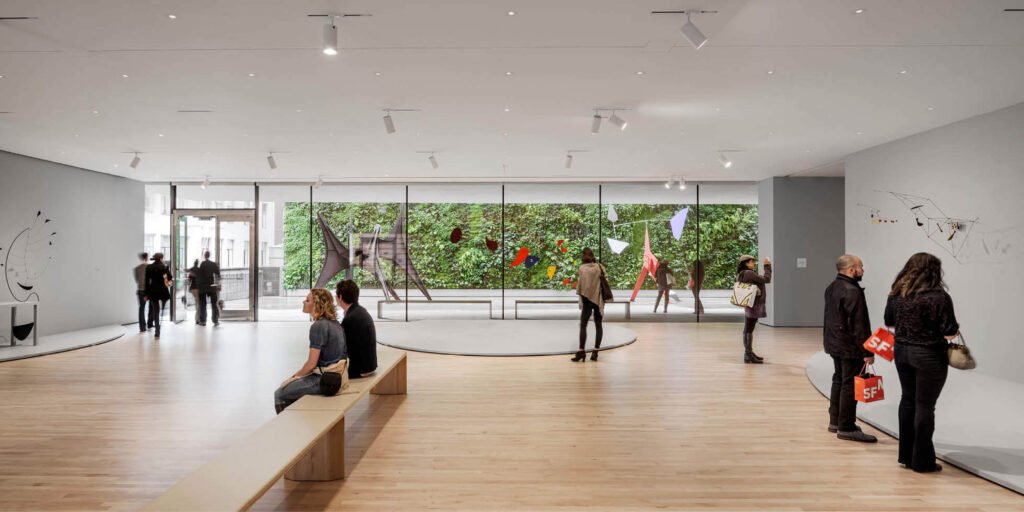

Have you observed practices or outlooks on water that waste more water than others?
I think it goes back to my earlier point on using bottled water. It is not isolated to the Philippines or Southeast Asia. But the use of bottled water in Southeast Asia is prolific. During my travels around the region, you get into a taxicab and are told, “Oh no, you cannot drink the water out of the tap.” It’s reinforcing the mistrust in our water systems and unsustainable solutions.
That narrative has been built throughout time. What we need to do is fix the problem. We need to fix the water quality problem so we can use a sustainable solution.
We often reach for easy solutions without first thinking: “Hang on. Having access to good quality water is a human right. It’s our government’s, leaders’, developers’ responsibility to provide good quality water to us.” But because it is easy to pick up that bottle of water, we forget about that. I think that’s the biggest issue.
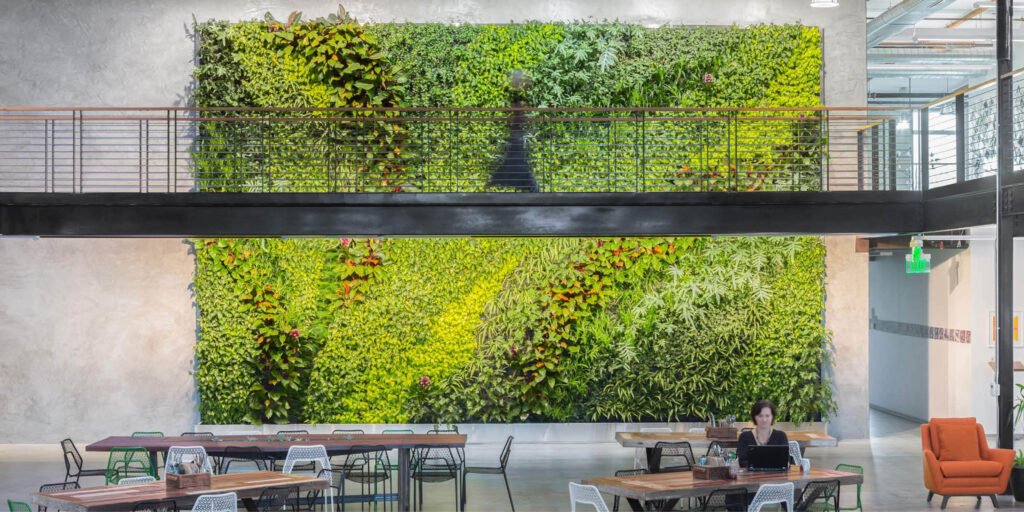
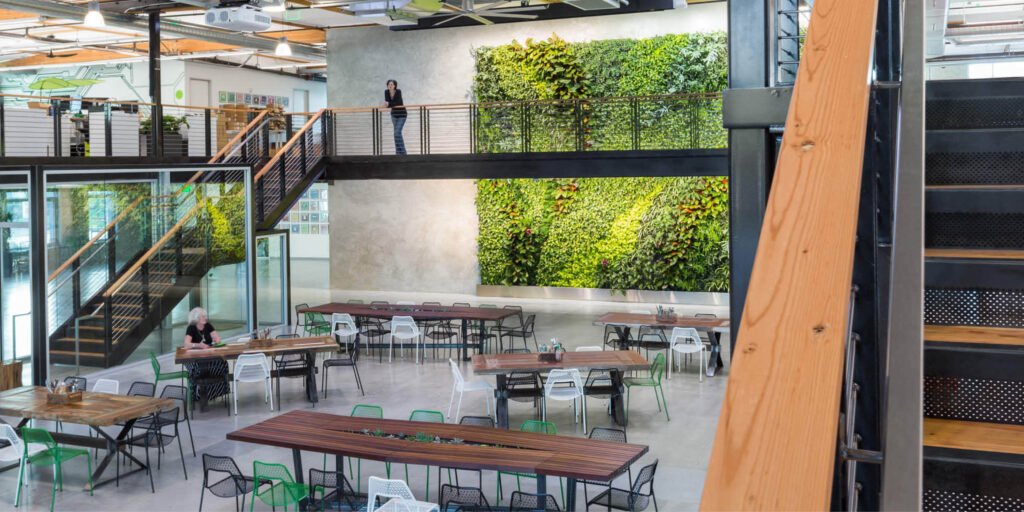
Does WELL have a campaign addressing that?
The focus of our work is about getting people to drink water, especially within WELL-certified buildings. Any WELL-certified building has had its water tested. We know it is safe. So, if you go to Menarco Tower, for example, you know the water coming out of that pipe is safe to drink. It is arguably even safer to drink than water in a bottle.
Really?
It has passed rigorous, very comprehensive standards within the WELL Building Standard for water quality testing. I would argue that they are more stringent in many cases than in some parts of the world where you can get bottled water. It is crucial to building that confidence in our water quality systems. Water is meant to be used for drinking, cooking, bathing, but in many parts of the world, we are not using water for those uses.
Are there fixtures designed to conserve water that you dislike?
One thing I can say is that it is imperative to maintain them over time. I am not sure if you have ever taken out your shower head, opened it up, and taken a look at what’s inside. It can be pretty disgusting. The showerhead itself is a form of filtration but inadequate. Because when you open it up, you will see all the gunk and biofilm. So, we need to be mindful of that. So, please take out your showerhead and give it a clean. Change your showerhead regularly.
You haven’t answered my question. For example, I dislike faucets that you have to push hard and all you get is a burst of water, which isn’t enough to rinse soapy hands, so you must push several times again.
Ah, a trend we’ve seen after COVID is that touch-free fixtures will become the norm, not only for health reasons but also because of universal design. Applying force to turn on the tap might be fine for you and me but an obstacle to handwashing for someone with a disability.
And toilets that flush with too little water, so you must flush more than once, which defeats the purpose of conservation.
It boils down to education. You can’t have sustainable solutions that compromise quality. What you want is to achieve the same outcome but using fewer resources. We have not nailed that part of sustainability. We need to understand how people behave and use technology, rather than just solving the problem with technology.
The choice of taps or fixtures are included in the WELL Building Standard but are included from a public health perspective.
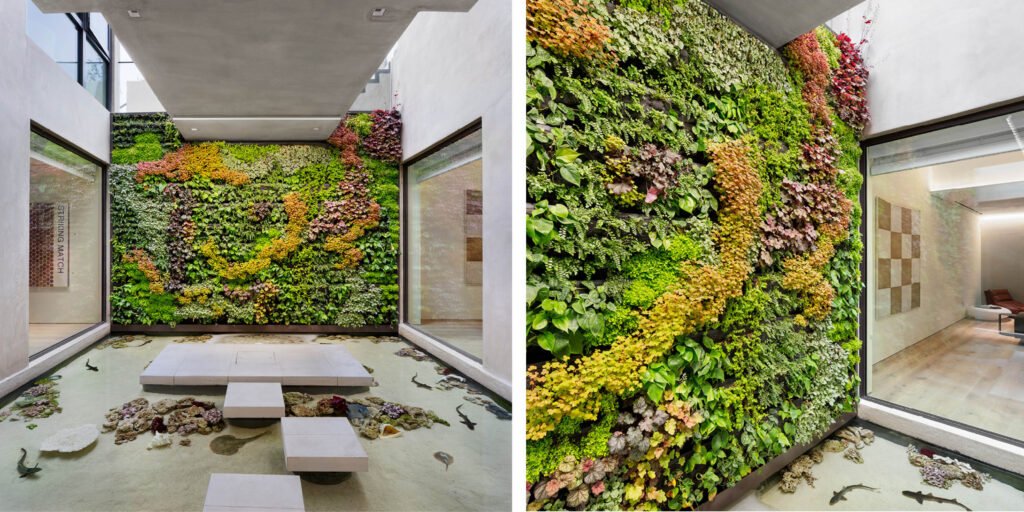



Who interprets the guidelines? Because you are not supposed to endorse brands, right?
This is what market transformation is. It is about a standard, guideline, or framework like WELL specifying what a product should achieve without endorsing a particular brand.
When projects now want to use our criteria to get WELL certification, they will go to a manufacturer to look for a product that meets our specific requirements. The manufacturer might say they have a product for that, or maybe they won’t, but since more and more people are asking for WELL, they could develop a product that meets the requirements.
How many WELL buildings are there in the Philippines?
Around 30 buildings are targeting WELL certification. We see that growing every week, not just for the Philippines but for Southeast Asia. For example, Thailand is the sixth-largest country in the world for WELL now. It’s because they have a firm focus on health and wellbeing in the built environment across their country right now.
We need to consider that the buildings we are building today will be with us for 40 to 50 years.
Also, a truly sustainable solution is not knocking down a building. It’s about thinking how you can retrofit the building to incorporate health and wellbeing interventions to make it a sustainable building for the longer term.
Can I leave you with one final point?
Of course.
You can’t have a building that focuses on air quality and mental health but does nothing about water quality. A healthy building considers all the aspects of health and wellbeing, and water quality is a vital aspect of that. So, any healthy building must consider water in its design, operation, and construction. If it does not, then it is not a healthy building.
Water, precisely water quality, is a lot like health in general. People don’t value it until it is lost, and, in many cases, it is tough to recover. So we need to be proactive in maintaining water quality in our cities and buildings. Water is essential to human life, and we should use it for the right purposes. •
Save our water! Watch these interviews: Water Like Gold. Carmen Jimenez-Ong of Menarco Development and Chut Cuerva of NOVA Group, Water for Wellness. Jack Noonan, International WELL Building Institute Vice President for Asia Pacific, Floodgates Open. Ross McKenzie, Arcadis Head of South-East Asia and India

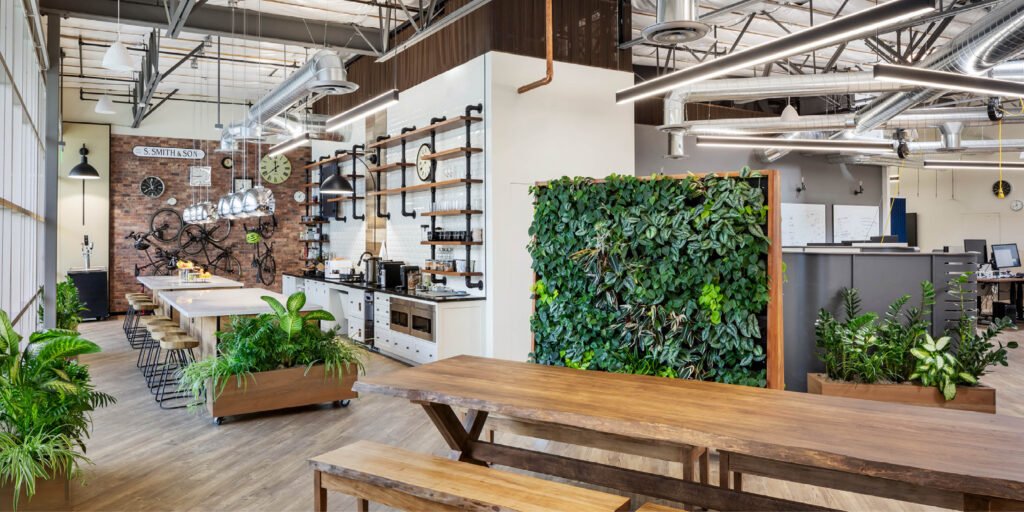




2 Responses